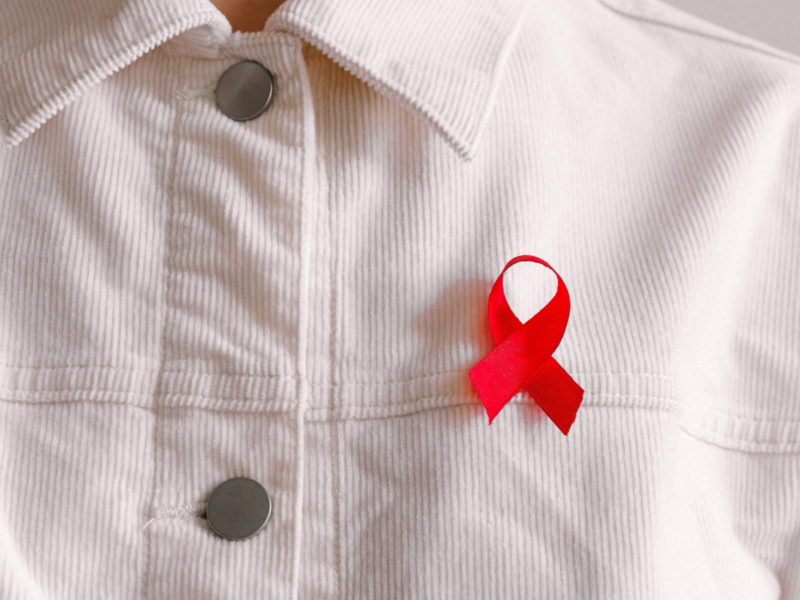Ending HIV in the United States Will Require a Substantial Financial Commitment

“What will it take to end HIV in the United States?” is a pressing question posed by public health officials, researchers, and policymakers alike. Population Data & Modeling Core Director Benjamin Linas seeks to answer that question by amplifying notable results from a simulation modeling study published by researchers at Johns Hopkins. In an editorial issued in the Annals of Internal Medicine, Linas underscores the urgency to expand comprehensive and population-wide HIV interventions to reduce HIV transmission.

Benjamin Linas, MD, MPH
CHERISH Population Data & Modeling Core Director
Linas argues, “First, if the United States continues on its current trajectory, it will not end the HIV epidemic. This is not the only analysis to highlight that grim reality, nor is it the only approach to reaching that conclusion, but it is a clarion call that must be reiterated.” Linas is also an infectious diseases physician, professor of medicine, and the director of the HIV Epidemiology and Outcomes Research Unit in the Department of Medicine at Boston Medical Center.
To end the HIV epidemic by the year 2030, he stresses a need to increase funding for comprehensive intervention packages for a wider population, but the optimal mix of interventions is not the same for every jurisdiction. What it will take, Linas advises, is coordinated and committed action from local and state decision-makers alongside a substantial increase in funding.
Read the full editorial at the Annals of Internal Medicine.